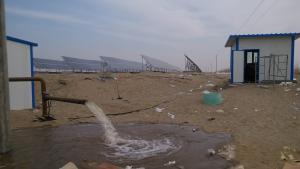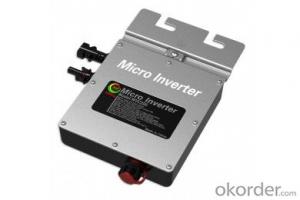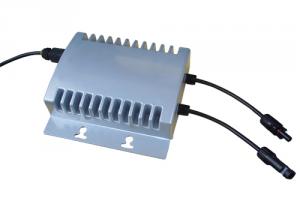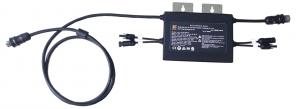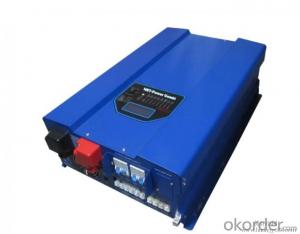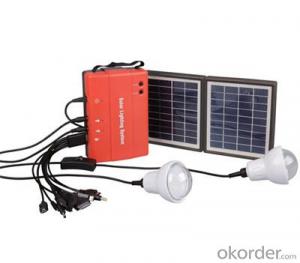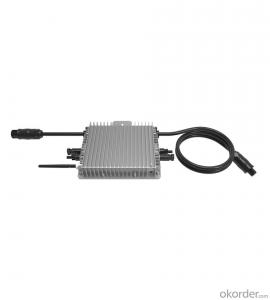Solar Smart Micro Inverter
Solar Smart Micro Inverter Related Searches
Solar Micro Inverter Solar Smart Inverter Micro Solar Inverter Smart Solar Inverter Micro Inverter Solar Smart Inverter Solar Smart Solar Power Inverter Solar Cell Micro Inverter Solar Micro Inverter System Solar Panel Micro Inverter Smart Hybrid Solar Inverter Smart Inverter Solar Power Solar Micro Inverter Circuit Micro Inverter Solar Kit Solar Solar Inverter Sma Solar Micro Inverter Microtek Solar Inverter Solar Mini Inverter Cheap Solar Micro Inverter Micro Inverter Solar System Best Solar Micro Inverter Micro Inverter Solar Panel Lg Solar Micro Inverter Solar Small Inverter Solar Enphase Micro Inverter Solar Inverter Makro Micro Inverter For Solar Panel Solar Micro Inverter Price Solar Edge Micro Inverter Microgrid Solar InverterSolar Smart Micro Inverter Supplier & Manufacturer from China
Solar Smart Micro Inverter is a cutting-edge product designed to enhance the efficiency and performance of solar energy systems. These micro inverters are engineered to optimize power output by converting energy at the individual solar panel level, ensuring that each panel operates at its maximum potential. This advanced technology helps to minimize power loss and maximize energy yield, making it an essential component for solar power installations.The Solar Smart Micro Inverter is widely used in various applications, including residential, commercial, and industrial solar power systems. Its compact design and ease of installation make it an ideal choice for a range of usage scenarios, from small-scale rooftop installations to large-scale solar farms. By enabling each solar panel to operate independently, the micro inverter helps to mitigate the impact of shading and other factors that can reduce the overall efficiency of a solar array.
Okorder.com is a reputable wholesale supplier of Solar Smart Micro Inverter, boasting a large inventory to cater to the diverse needs of customers worldwide. With a commitment to quality and customer satisfaction, Okorder.com ensures that each Solar Smart Micro Inverter is thoroughly tested and meets the highest industry standards before being shipped to clients. This extensive inventory allows Okorder.com to offer competitive prices and fast delivery times, making it a preferred choice for those seeking to purchase Solar Smart Micro Inverters for their solar energy projects.
Hot Products


